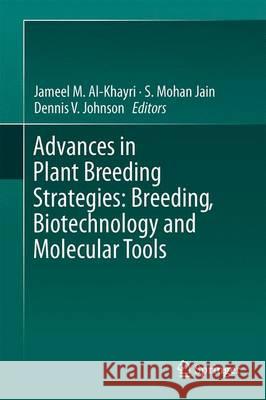Advances in Plant Breeding Strategies, Volume 1: Breeding, Biotechnology and Molecular Tools » książka
topmenu
Advances in Plant Breeding Strategies, Volume 1: Breeding, Biotechnology and Molecular Tools
ISBN-13: 9783319225203 / Angielski / Twarda / 2016 / 656 str.
Advances in Plant Breeding Strategies, Volume 1: Breeding, Biotechnology and Molecular Tools
ISBN-13: 9783319225203 / Angielski / Twarda / 2016 / 656 str.
cena 1129,80
(netto: 1076,00 VAT: 5%)
Najniższa cena z 30 dni: 1079,53
(netto: 1076,00 VAT: 5%)
Najniższa cena z 30 dni: 1079,53
Termin realizacji zamówienia:
ok. 22 dni roboczych
Bez gwarancji dostawy przed świętami
ok. 22 dni roboczych
Bez gwarancji dostawy przed świętami
Darmowa dostawa!
Advances in Plant Breeding Strategies: Breeding, Biotechnology and Molecular Tools











